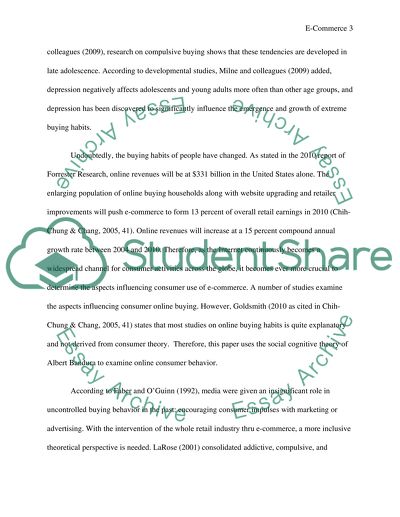Cite this document
(“Online consumer behaviors Essay Example | Topics and Well Written Essays - 2500 words”, n.d.)
Retrieved from https://studentshare.org/e-commerce/1393360-online-consumer-behaviors
Retrieved from https://studentshare.org/e-commerce/1393360-online-consumer-behaviors
(Online Consumer Behaviors Essay Example | Topics and Well Written Essays - 2500 Words)
https://studentshare.org/e-commerce/1393360-online-consumer-behaviors.
https://studentshare.org/e-commerce/1393360-online-consumer-behaviors.
“Online Consumer Behaviors Essay Example | Topics and Well Written Essays - 2500 Words”, n.d. https://studentshare.org/e-commerce/1393360-online-consumer-behaviors.


